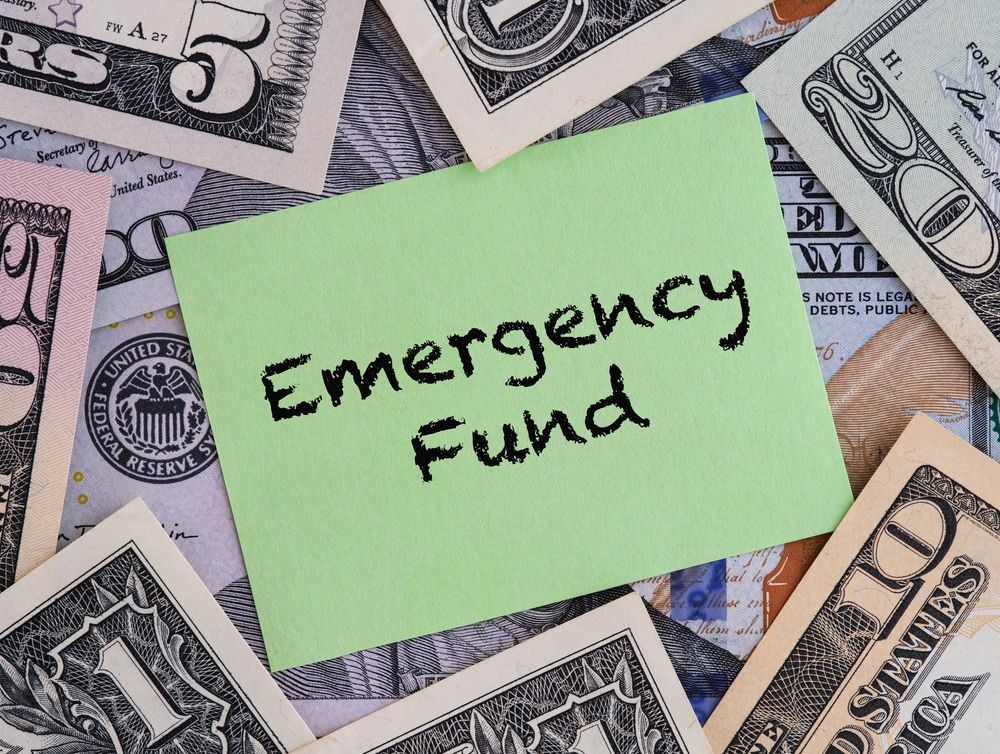
An emergency fund is a financial safety net designed to cover unexpected expenses or to provide support during times of financial duress, such as sudden job loss or medical emergencies. The purpose of an emergency fund is to ensure that individuals and families can remain financially stable without the need to incur high-interest debt when faced with unplanned costs. In this discussion, we shall explore the significance of an emergency fund, the factors influencing its size, strategies to build it, the most suitable places to keep it, and the importance of regularly reassessing and maintaining it to meet changing financial circumstances.
Understanding the Purpose of an Emergency Fund
The primary purpose of an emergency fund is to provide a buffer against life’s uncertainties. Emergencies can arise at any time and can take many forms, such as home repairs, vehicle breakdowns, medical bills, or sudden unemployment. Without a financial fallback, individuals are often forced to resort to options like credit cards or loans, which can lead to a spiral of debt due to high-interest rates and fees. An emergency fund can alleviate the stress associated with these financial shocks and help maintain financial stability.
Moreover, an emergency fund can also offer psychological benefits. Knowing that one has funds set aside for emergencies can reduce anxiety and provide peace of mind, allowing individuals to focus on resolving the crisis at hand rather than worrying about the financial implications.
Determining the Size of Your Emergency Fund
The size of an emergency fund can vary significantly depending on personal circumstances, lifestyle, financial obligations, and risk tolerance. Conventional wisdom suggests that an emergency fund should cover three to six months’ worth of living expenses. This guideline serves as a starting point, but it may need to be adjusted based on factors such as job security, the number of income earners in the household, the predictability of one’s income, and personal comfort levels.
For example, freelancers or those with irregular income streams might opt for a larger emergency fund to compensate for the variability in their earnings. Conversely, dual-income households with stable jobs might be comfortable with a smaller fund. Additionally, those with extensive insurance coverage might need less in their emergency fund, as insurance may cover many potential emergencies.
Strategies for Building an Emergency Fund
Building an emergency fund can be a daunting task, especially for those who are starting from scratch or have limited financial resources. Here are several strategies to help accumulate an emergency reserve:
- Start Small: Begin by setting a modest initial target, such as $500 or $1,000, and gradually increase the goal as the fund grows.
- Automate Savings: Set up automatic transfers from your checking account to your emergency fund. This helps to ensure that you consistently contribute to the fund.
- Cut Unnecessary Expenses: Analyze your spending habits and identify areas where you can cut back, such as dining out, subscription services, or luxury items. Redirect these savings to your emergency fund.
- Increase Income: Consider taking on side gigs, freelancing, or selling unused items to boost your income and allocate the extra earnings to your emergency fund.
- Use Windfalls Wisely: Allocate unexpected financial gains, such as tax refunds, bonuses, or inheritances, directly to your emergency savings.
- Review and Adjust Budget: Regularly review your budget to find additional savings opportunities and make adjustments to increase the amount you can save each month.
Where to Keep Your Emergency Fund
The location of your emergency fund is crucial. It should be easily accessible, but not so readily available that you’re tempted to dip into it for non-emergencies. Here are some options:
- Savings Account: A regular savings account at a bank or credit union is a common choice. It offers easy access and a small amount of interest.
- High-Yield Savings Account: Online banks often offer high-yield savings accounts with better interest rates than traditional banks, making them an attractive option.
- Money Market Account: These accounts typically offer higher interest rates than savings accounts and may come with check-writing privileges, adding convenience.
- Certificate of Deposit (CD) Ladder: For those who won’t need immediate access to their funds, a CD ladder can provide higher interest rates while still offering some level of liquidity.
It’s important to ensure that the institution where you keep your emergency fund is FDIC insured or has an equivalent level of protection to safeguard your funds.
Reassessing and Maintaining Your Emergency Fund
An emergency fund is not a set-it-and-forget-it component of your financial plan. It should be reassessed periodically to ensure it remains aligned with your current financial situation. Life events such as marriage, childbirth, home purchase, or a change in employment status can significantly alter your financial needs, necessitating an adjustment to your emergency fund.
Additionally, inflation can erode the purchasing power of your fund. To maintain its value, consider increasing contributions over time. Regular reviews, at least annually, can help you adjust for any changes in your expenses or lifestyle.
An emergency fund is a critical element of a sound financial plan. It serves as a buffer against unexpected events, providing financial security and peace of mind. Determining the appropriate size of your emergency fund requires a careful consideration of your unique financial situation and risk profile. With strategic planning, disciplined saving, and regular reassessment, you can build and maintain an emergency fund that will protect you and your family from life’s unforeseen challenges. Remember, the ultimate goal is not just to create an emergency fund but to foster a sense of financial resilience that empowers you to navigate through any storm with confidence.
